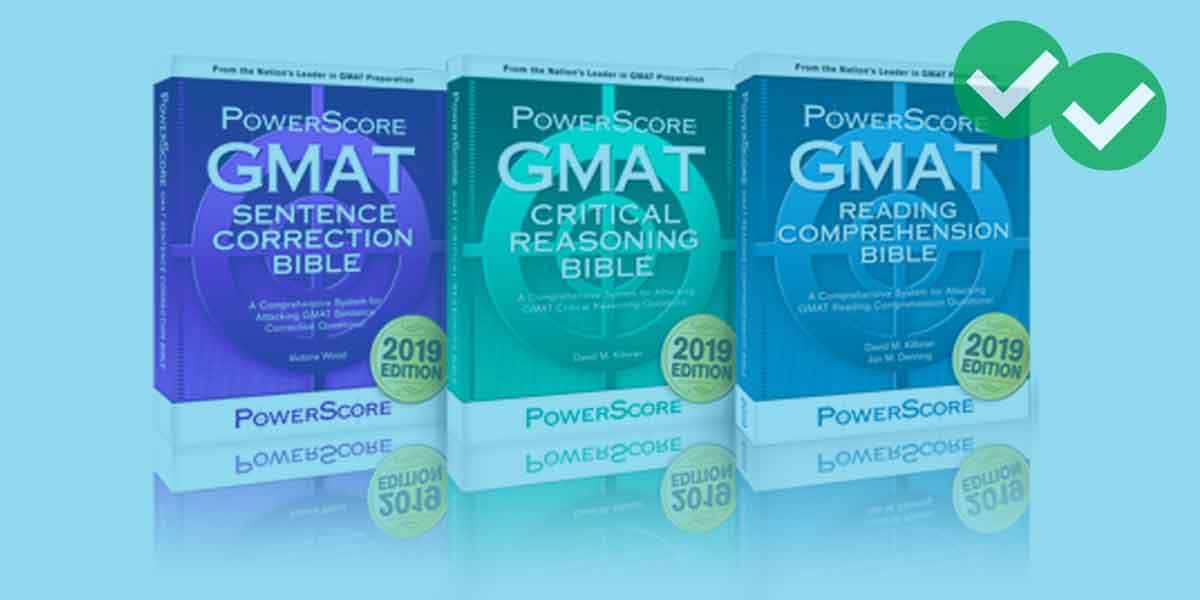This is the third post in the series of articles on real-life facts you need to know for GMAT Critical Reasoning.
Here’s the full list:
- Economics: Supply and Demand
- Economics: Labor and Wages
- Economics: Inflation, unemployment, and interest rates
- Law: “beyond any reasonable doubt”
- Statistics: Statistical significance
Inflation, unemployment, and interest rates
Again, this fact may be familiar if you remember your macroeconomic class. Inflation and unemployment and interest rates are three major economic indicators that are all interrelated. Every macroeconomic system has a certain rate of growth: as growth happens, prices naturally rise. When prices are rising undesirably fast, that’s inflation. Inflation sustained over a long period can devalue currency: what a dollar can buy holds less and less value. The late 1970s into the early 1980s was the last time there was runaway inflation in the US.
The unemployment rate is the percent of able-body health adult capable of work who are not working. Technically, the total for the percentage includes everyone who is working and everyone who is actively looking for work; folks who have given up looking for work or homeless folks or anyone who isn’t working and isn’t looking for work — all of these do not count in the percentage. The US unemployment rate has been high (8 – 10% and more) continuously since the 2008 subprime mortgage crisis. Anything below 5% is considered low.
In general, there’s a trade-off between the evils of inflation and unemployment. As economic growth slows down, there’s no risk of inflation, but unemployment rises. As the economic picks us, more people go to work, so unemployment drops, but inflation looms as a risk.
The US government’s main bank, the Federal Reserve, use interest rates as a way to regulate economic growth. Interest rates are the rates charged on borrowing money and the rates paid on savings investments: when interest rates are high, that makes borrowing money less desirable, and it makes saving or investing money more desirable; the opposites are true when interest rates are low. When the economy accelerates and inflation is becoming a risk, the Fed can raise interest rates to slow economic growth: fewer people borrow, and more rich people put their money in the bank or in stocks where it can earn profits with little risk. When the economic slows, and unemployment is rising, the Fed can lower interest rates to stimulate economic growth: more people can borrow and use that money to start businesses, and rich people, not getting much in their investment accounts, have to invest more money directly in businesses to make aggressive profits. From the late 1980s until 2006, the economist Alan Greenspan was the chair of the Federal Reserve, and he seemed to have a magical touch, always adjusting the interest rate so that unemployment remained reasonably low and yet inflation never reared its ugly head; by the end of his tenure, Greenspan had a near cult-like following among politicians of both parties.
In recent years, the US economy has been in a paradoxical place. Since 2008, economic growth has been slow, and unemployment has been high. The Fed has already slashed the interest rate to, essentially, the lowest possible level, so its typical tool for stimulating the economy — lowering interest rates — is no longer an option. In recent years, the Fed has introduced a new system, Quantitative Easing (QE1, QE2, and now QE3) to stimulate growth. Insofar as this is the most important current monetary policy of the United States’ central bank, it might be good to have a passing familiarity with it.






Leave a Reply